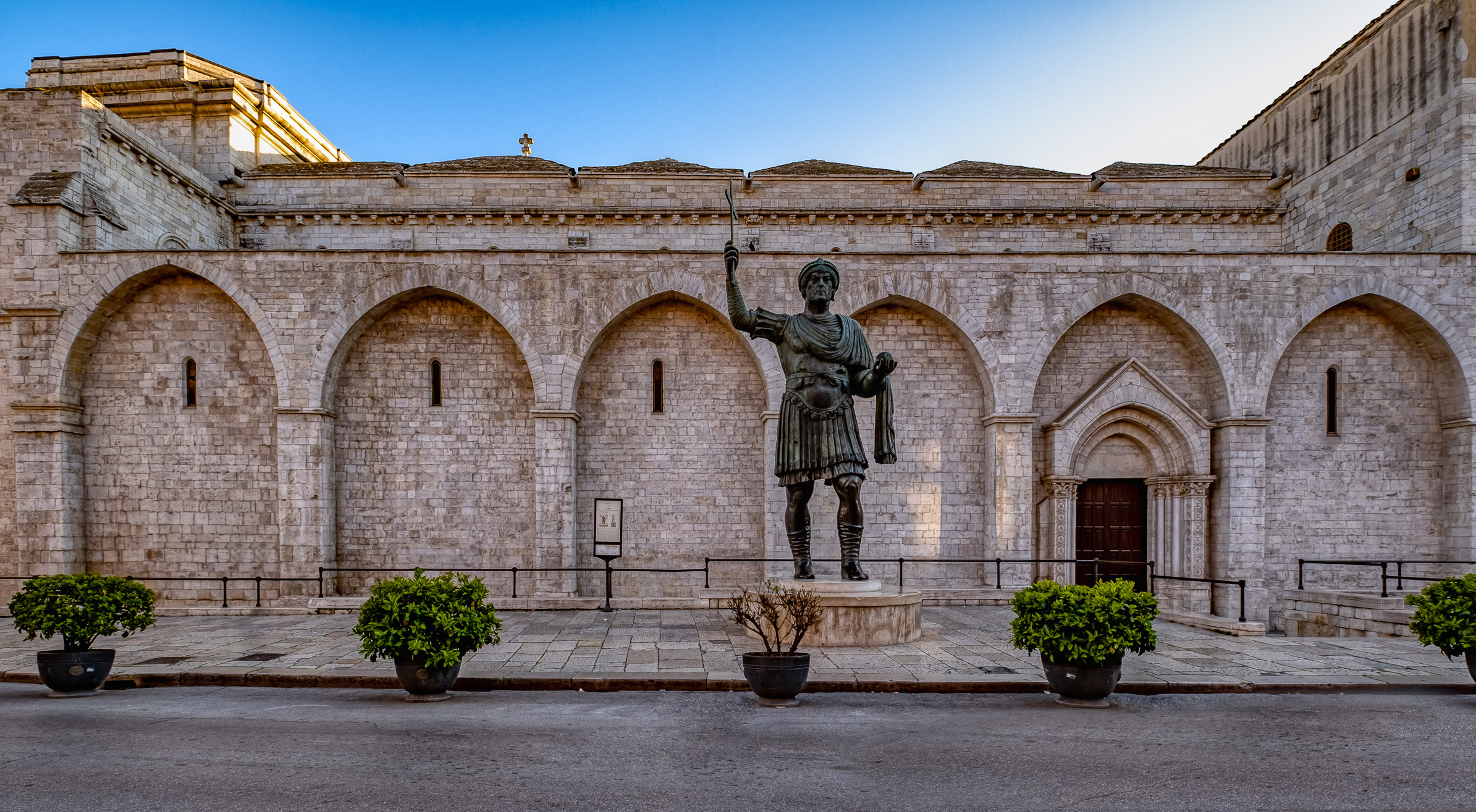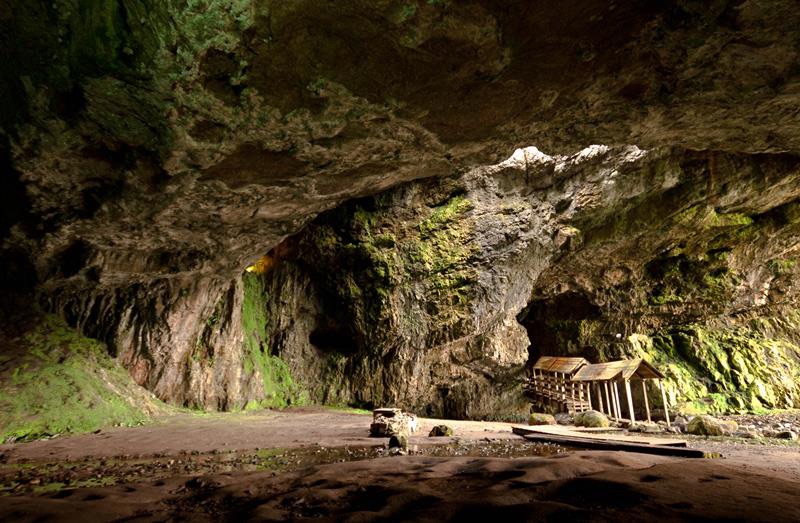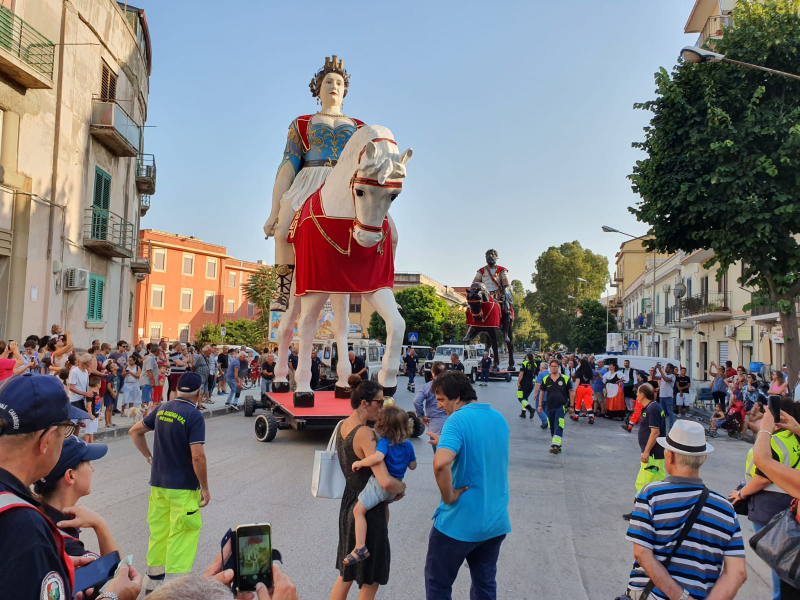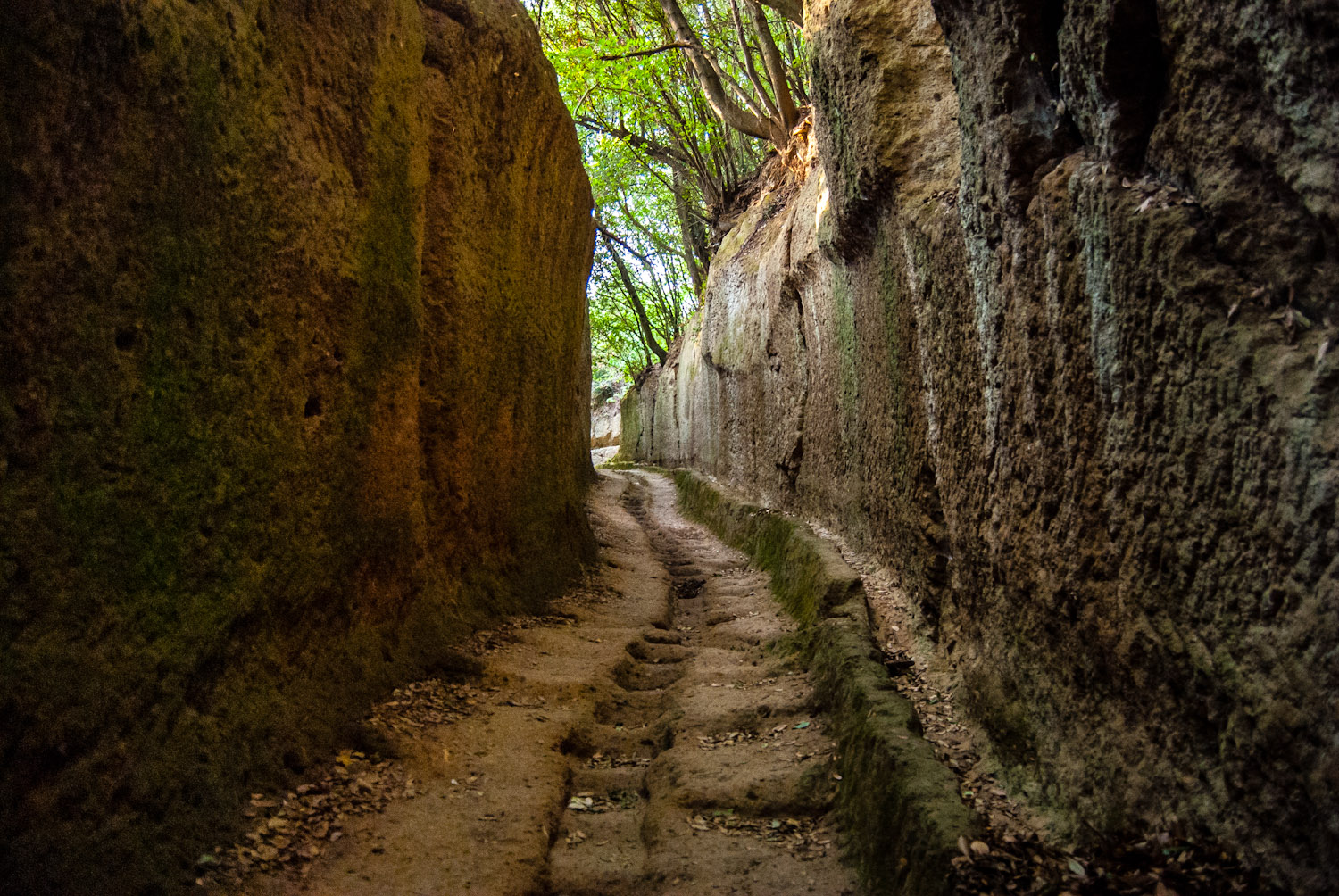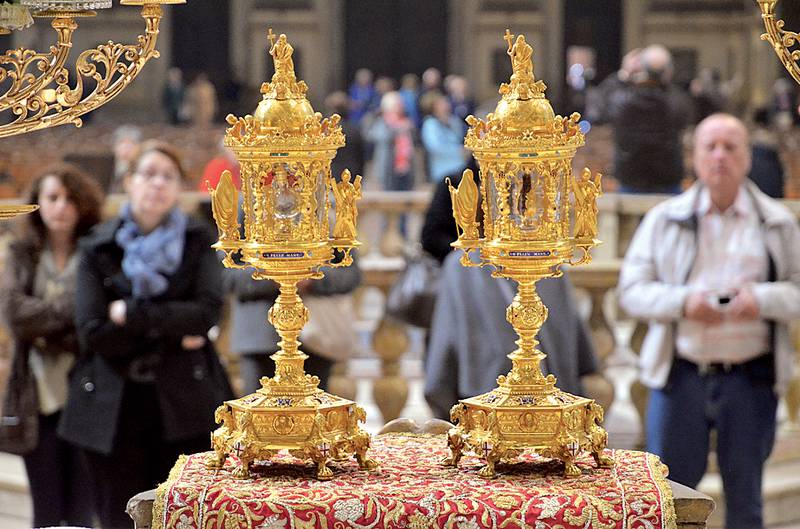The Colossus of Barletta, known by his fellow citizens as Arè, Eraclio in the local dialect, is a giant bronze statue, 4.50 m high, dating back to the fifth century and that will undoubtedly amaze you with its majesty and its expression a little severe and a little melancholic.
Tradition, as reported in the writings of a seventeenth century Jesuit, says that the Colossus was stolen by the Venetians during the sack of Constantinople in 1204 and then abandoned, during the return trip, on the beach of Barletta due to a storm that made it impossible to continue navigation.
Actually, the oldest authentic news, which refers to a large bronze statue in Barletta, dates back to 1309, when the Dominicans of Manfredonia obtained permission from Charles II of Anjou to remove and melt the limbs of the statue to make bells for their church; in fact the stumpy legs, which are now at the base of the statue, were rebuilt in the Middle Ages because they were melted down in the fourteenth century.Popular legend has it that the city was saved from an attack by the Saracens thanks to the help of Heraclius who, being higher than the roofs and walls, sighted the enemy army arriving and warned the Barlettani who sent the colossus to wait for the Saracens. The colossus told the invaders that he had been driven out because he was the lowest and weakest in the city. The Saracens, worried to find themselves in front of a people of giants, immediately backed away, leaving Barletta free.
Welcomed by his fellow citizens, Heraclius took up his place in the centre of the city, on which he still watches over from above. Who is depicted by the large statue is not yet completely certain: identification with the Byzantine Emperor Heraclius, despite the name given to it, has been ruled out; scholars believe it is more likely to be the Emperor of the East Theodosius II.
